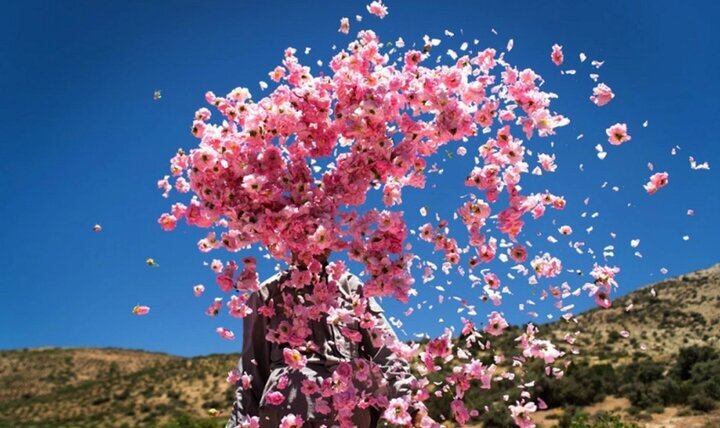
Similar Posts
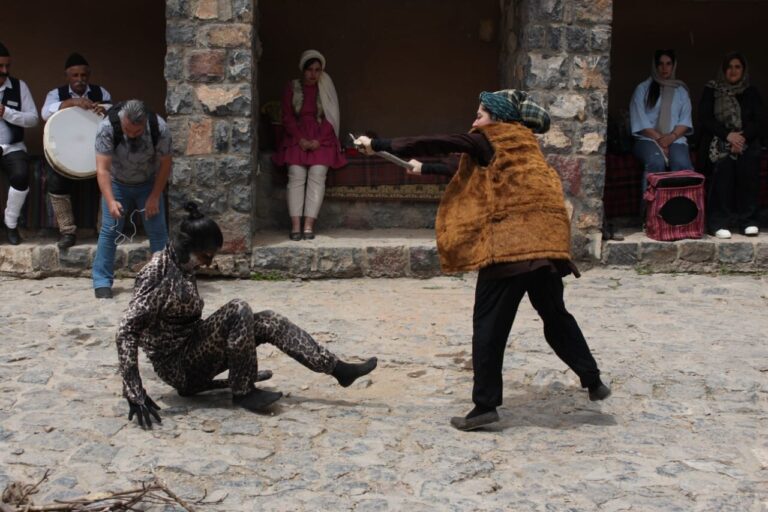
Discover Iran’s Kandelous: Transforming Folk Tales into a Thriving Tourism Gem
“Mina and the Leopard” is a beloved oral legend from Kandelous, Iran, dating back to the early 1900s. The tale follows Mina, a young woman who forms a poetic bond with a leopard in the forest, symbolizing deep emotional connections. This story has revitalized storytelling tours and local performances, enriching the village’s cultural identity and attracting tourists. Kandelous offers various accommodations, tranquil parks, and renowned medicinal plant farms, making it a hub for traditional herbal medicine. Visitors can also enjoy traditional Iranian cuisine and vibrant handicraft markets, ensuring a memorable experience that intertwines culture, nature, and folklore.
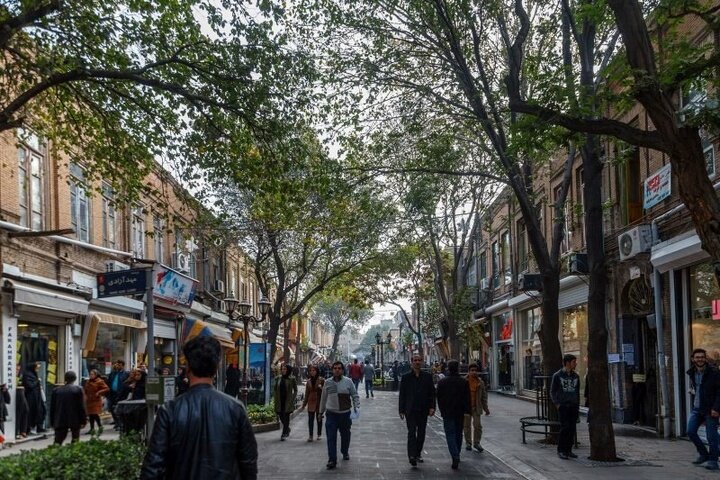
Revitalizing History: Exciting Restoration Project Unveiled in Tabriz’s Historic Core
A new initiative has begun to restore the historic core of Tabriz, focusing on the architectural rehabilitation of Imam Khomeini Street. Mayor Hossein Monirifar announced that restoration work is underway between Sa’at Square and Tarbiat Pedestrian Walkway, in partnership with the East Azarbaijan Department of Cultural Heritage. The project aims to align the facades with Tabriz’s historical fabric, incorporating traditional lighting and signage. Deputy Head Vahid Navadad emphasized the importance of preserving Tabriz’s cultural identity for sustainable urban tourism. This effort not only seeks to rejuvenate Tabriz as a tourist destination but also to maintain its rich heritage for future generations.
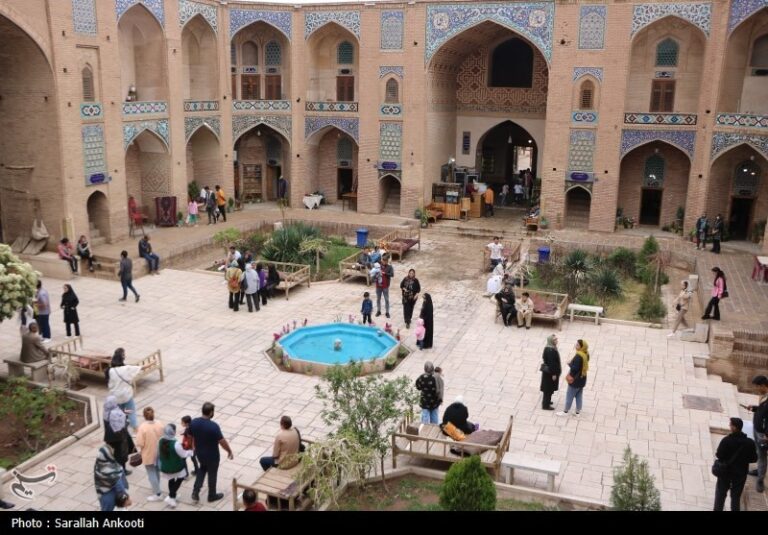
Explore the Historic Ganj Ali Khan Square: Kerman’s Cultural Gem in Iran
Kerman’s historical square is a captivating blend of rich architecture and vibrant culture, showcasing the city’s past. The oval square, surrounded by bustling bazaars, the Ganj Ali Khan School, traditional baths, and a water reservoir, serves as a lively hub for tourists. Visitors can explore the narrow alleyways, engaging with local vendors and savoring traditional cuisine. The square, covering 5,346 square meters, reflects Kerman’s architectural beauty and historical significance. It remains a community gathering spot, offering a sensory experience filled with local crafts and cultural celebrations. A visit here promises deep immersion into Kerman’s heritage and lively atmosphere.

Iran Set to Enhance Tourism Collaboration with Tajikistan for Thriving Travel Connections
Iran is working to enhance tourism and cultural collaboration with Tajikistan, driven by shared cultural and linguistic ties. Minister Seyyed Reza Salehi-Amiri outlined initiatives to boost trade and increase Tajik tourist visits to Iran from 8,000 to 100,000 annually. He emphasized Tajikistan’s strategic importance for economic cooperation, highlighting their common heritage and geographical advantages. Plans include promoting cultural exchanges, establishing trade agreements, and discussing visa requirement removals. Recent meetings with Tajik officials reflect Iran’s commitment to regional partnerships, aiming for mutual benefits in tourism and trade, ultimately fostering a sustainable relationship between the two nations.
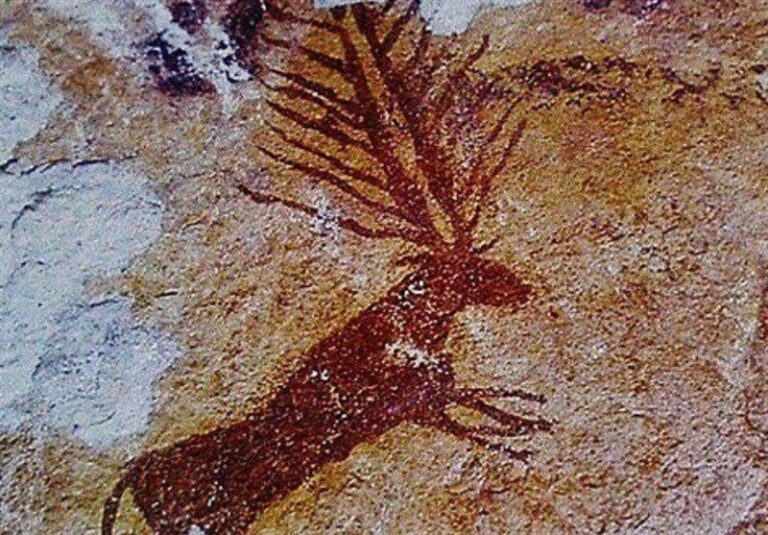
Iran’s Lorestan Unveils Claim to the World’s Oldest Animation: A Cultural Treasure from the Heart of Persia
Recent findings in Lorestan province, Iran, suggest it is home to the world’s oldest known animation, revealed by local tourism chief Ata Hassanpour at a cultural festival. The ancient rock engravings from the Humian region depict a deer in five stances, representing an early form of animation. Hassanpour argues these engravings predate other claims, such as pottery from Shahr-e Sukhteh. He emphasized the need for investment in tourism to enhance Lorestan’s global recognition. The province’s rich history, rooted in various ancient cultures, continues to attract interest, highlighting the importance of preserving and promoting its cultural heritage.

Revolutionary Aerial Mapping Unveils Jiroft’s Hidden Archaeological Treasures for the First Time!
For the first time, aerial mapping has been conducted over the archaeological sites in Jiroft, Iran, known for its Bronze Age ruins from the 3rd millennium BC. This initiative enhances documentation and preservation efforts at the ancient city of Old Jiroft and Qal’eh Kuchak. Officials emphasize the need for global recognition of Jiroft’s cultural heritage, which is considered a cradle of civilization. Despite its historical significance, geological factors have limited tourist interest. Recent discoveries following floods have revealed ancient artifacts, prompting local efforts to explore and protect the site’s rich history and cultural legacy.